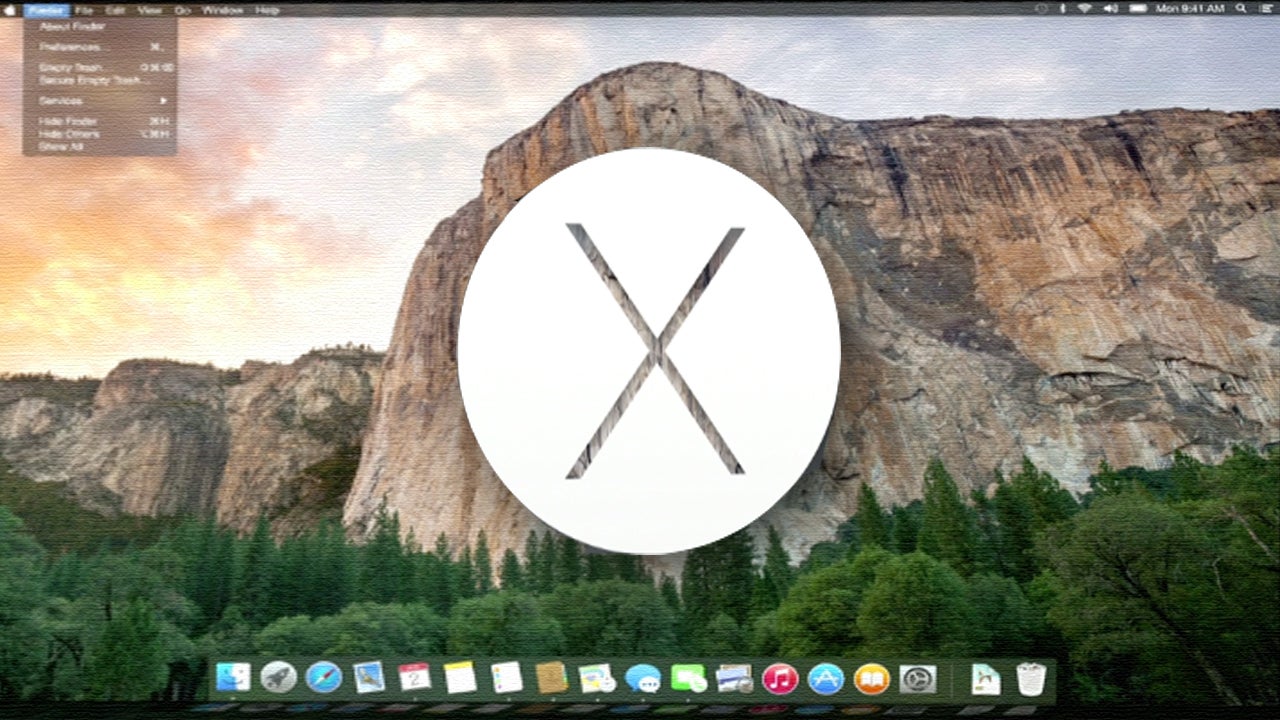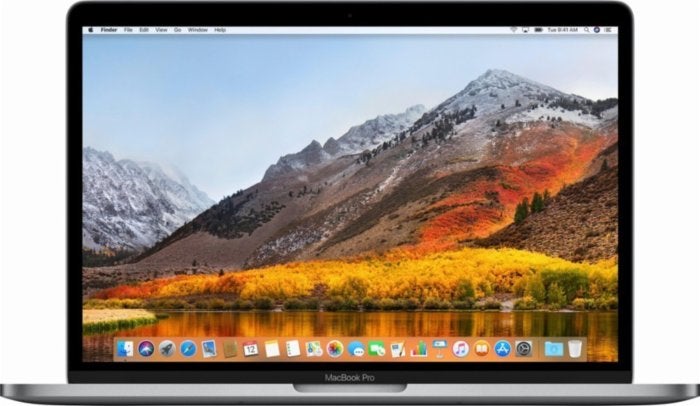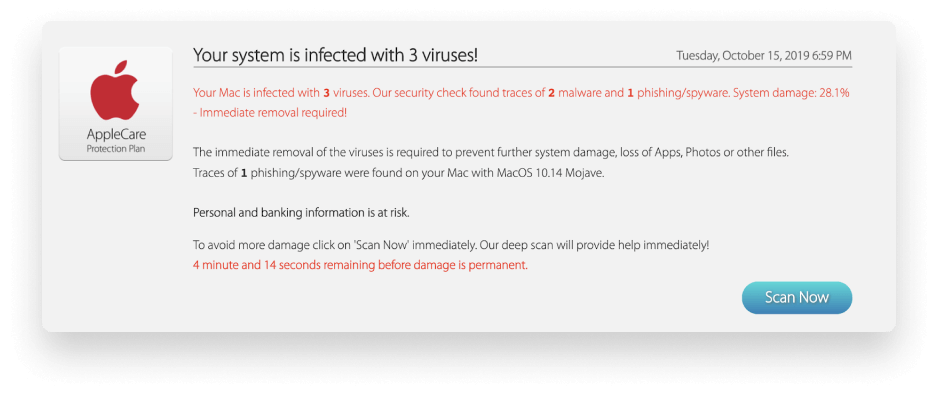
- #How does dod handle security for apple osx how to
- #How does dod handle security for apple osx install
- #How does dod handle security for apple osx update
- #How does dod handle security for apple osx Patch
- #How does dod handle security for apple osx password
Not only is mobile ascendant at Apple, but so is the iPhone OS. I'd like it if you chose to follow me there so I can let you know about new articles I publish and reports I find.Apple's future is in products that consumers can drop into a pocket. Got a story? Please drop me a line via Twitter and let me know. Google+? If you use social media and happen to be a Google+ user, why not join AppleHolic's Kool Aid Corner community and get involved with the conversation as we pursue the spirit of the New Model Apple? I’ll be updating the Mac security guide here, but I urge all High Sierra users to apply this fix immediately. The problem impacts millions of machines. I see it as an absolute nadir for Apple security. “Imagine a locked door, but if you just keep trying the handle, it says 'oh well' and lets you in without a key.” The scale of the flaw was best expressed by Edward Snowden, who wrote: The bug does not affect previous versions of macOS, including Sierra, El Capitan or older. It is also possible to check and secure against this flaw using Terminal, as explained here.
#How does dod handle security for apple osx password
Choose Edit > Enable Root User, then enter the password that you want to use for the root user.From the menu bar in Directory Utility:.Click lock icon in the Directory Utility window, then enter an administrator name and password.

#How does dod handle security for apple osx how to
How to fix the macOS High Sierra security flaw When you read the document, you will learn that root is a superuser account that is disabled by default on most systems. If a Root User is already enabled, to ensure a blank password is not set, please follow the instructions from the ‘Change the root password’ section.” To enable the Root User and set a password, please follow the instructions here. In the meantime, setting a root password prevents unauthorized access to your Mac.
#How does dod handle security for apple osx update
“We are working on a software update to address this issue. Why does it exist and who is responsible? You can protect yourself

The existence of the problem is shameful. made it worse) is if they had used the password ‘123456’. The only way Apple’s engineers might have improved on this (i.e. It also seems completely avoidable - it’s not as if every hacker anywhere doesn’t use the word “root” in an attempt to penetrate security. “The user account named ”root” is a superuser with read and write privileges to more areas of the system, including files in other macOS user accounts.”
#How does dod handle security for apple osx install
The problem is that once you have penetrated the Mac as a root “superuser” you are able to get inside System Preferences to make other changes, install software, and access files inside other user accounts.
#How does dod handle security for apple osx Patch
I urge you not to test it yourself, but I suggest you take immediate steps to patch the problem as detailed below.

You can log in as root even after the machi was rebooted /fTHZ7nkcUp Multiple people tested this successfully. You’ll be denied entry initially, but after a few tries you will get in. Anyone with access to your Mac can launch it, enter the word root as the User ID and hit return, while leaving the password field blank. Are you aware of it Lemi Orhan Ergin November 28, 2017Īny Mac running macOS High Sierra is vulnerable to this problem. Anyone can login as "root" with empty password after clicking on login button several times. The problem (which first got disclosed here) was first revealed in a Tweet by Lemi Orhan Ergin, who wrote:ĭear we noticed a *HUGE* security issue at MacOS High Sierra. What’s the problem with macOS High Sierra? UPDATE (29 November 9:30am PDT) : Apple has issued an apology and a patch to rectify this problem, more details here. The flaw means anyone with physical access to your Mac can get inside the machine and tinker with it. Complacency and incompetence are the biggest computer security threats, and Apple’s latest Mac security flaw seems to combine both of these.


 0 kommentar(er)
0 kommentar(er)
